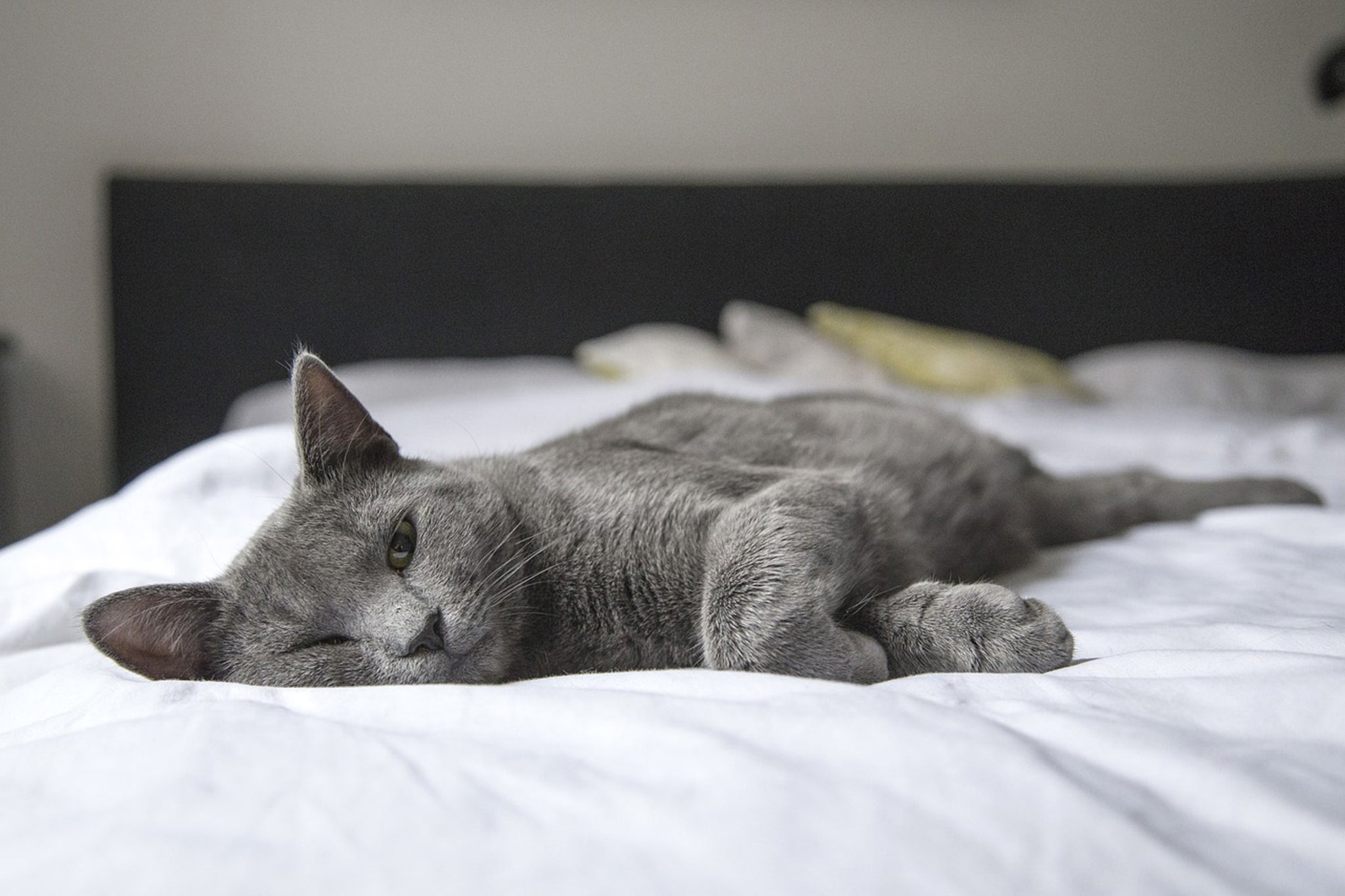Cats do not like to show vulnerability and will often try to hide their pain. Your cat may try to conceal their hurt and fear from you, so pay attention to these signs that they might be in pain.
Physical Symptoms
- Limping
- Squinting
- Loss of appetite
- Refusing to climb
- Difficulty urinating
- Decreasing use of their litter box
Behavioral Symptoms
- Hiding
- Spending more time sleeping
- Changes in mood
- Vocalizing more than usual
- Uncharacteristic aggression
- Grooming more or less than usual
Your cat’s behavior is unique and you understand them best. Sudden changes in your cat’s personality may mean that they are uncomfortable. If you think your cat is in pain, schedule an appointment with your veterinarian as soon as possible. Pay close attention to how frequently you notice these signs, and make note of what your cat is doing and when. Keeping a record of the signs, and even taking pictures or videos, may help your veterinarian understand why your cat is in pain.
A cat’s pain may be the result of either an acute or chronic health issue. Acute health issues are temporary, such as an upset stomach, ear, skin, and urinary tract infections, or strained muscles. Chronic health issues could range from arthritis to cancer. For example, you may notice your cat using their litter box less often than usual. This may be because jumping in and out of their litter box too difficult for them. Ask your veterinarian if your cat has a temporary health issue such as a strained muscle, or a chronic health issue such as arthritis. Whatever the scale of your cat’s health issue, your veterinarian will be able to help.
Your cat counts on you to take care of them, even when they don’t want to admit that they’re in pain. It is important that you know the subtle signs of pain so that you can take notes and speak up for your cat.




